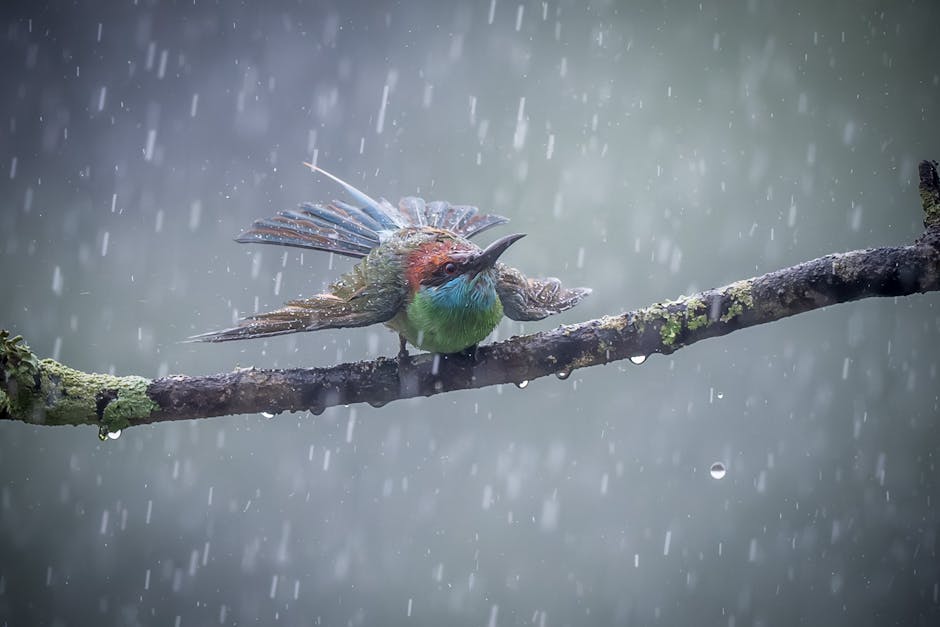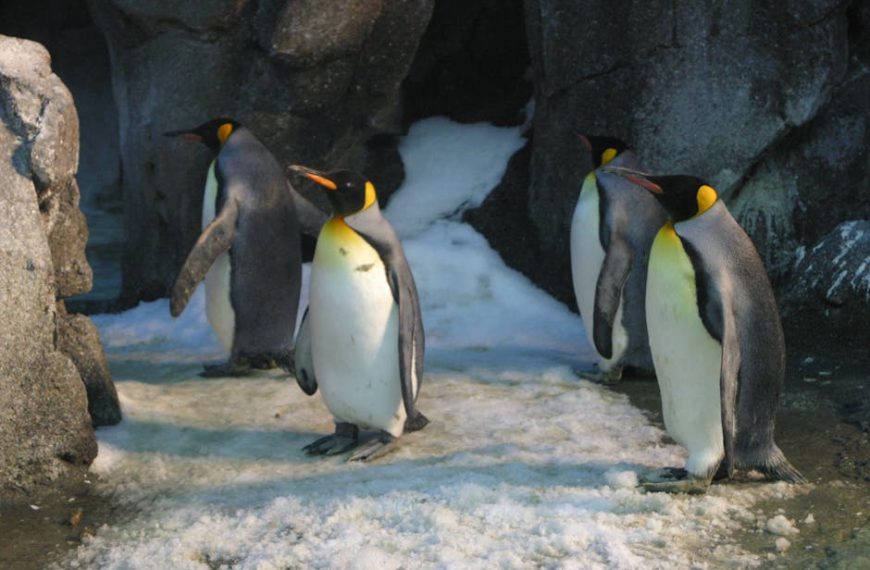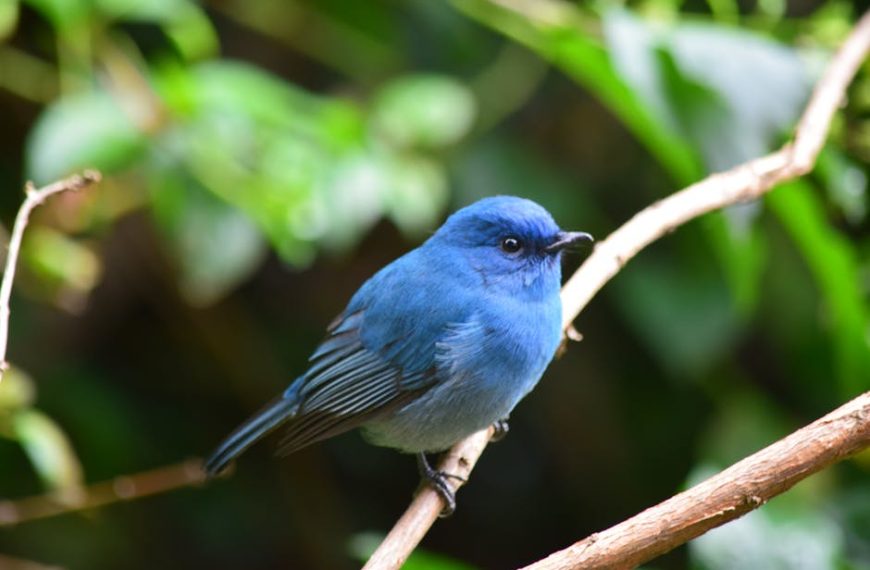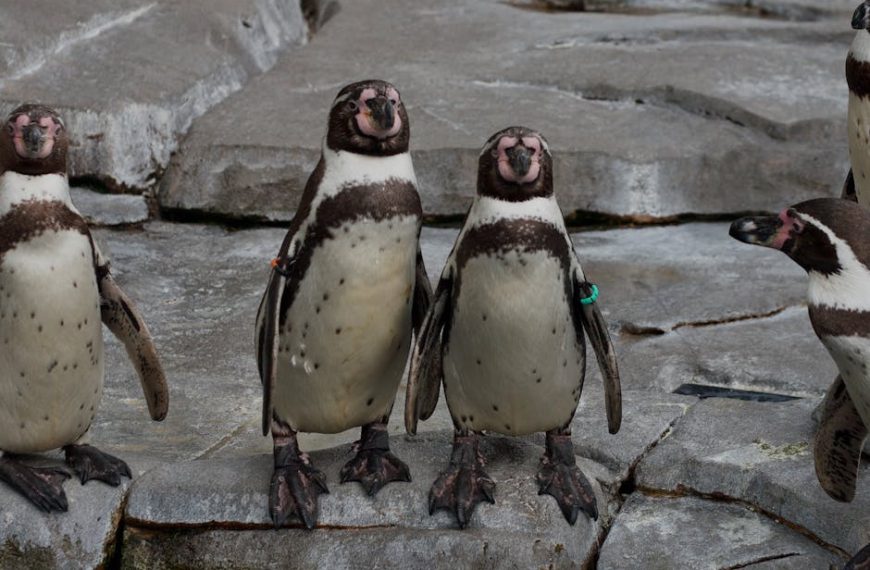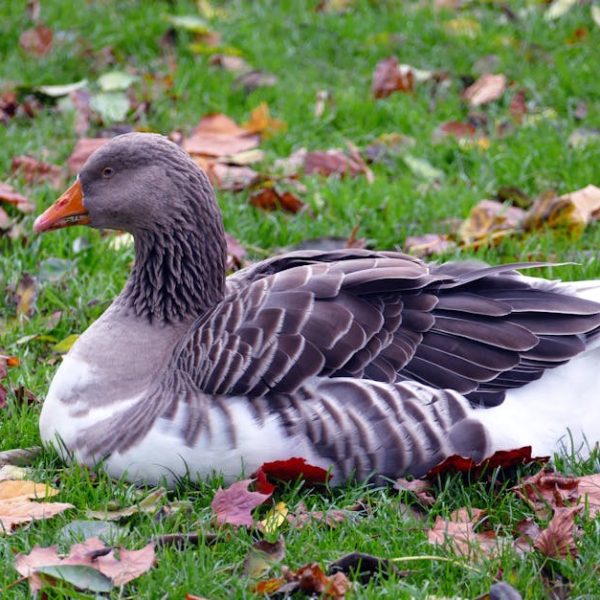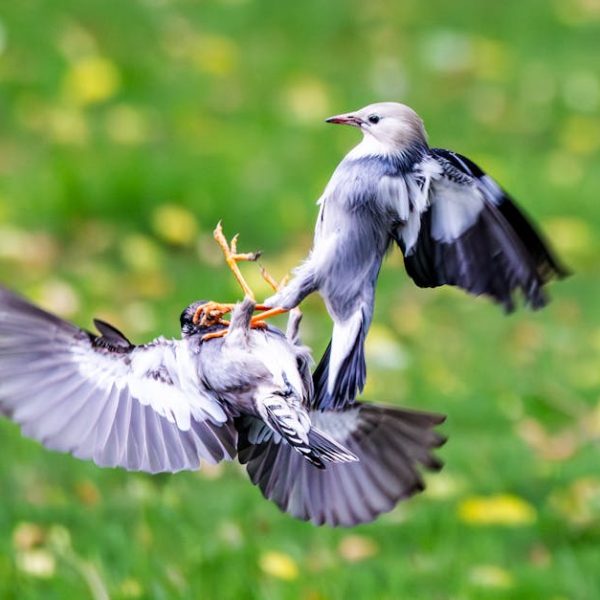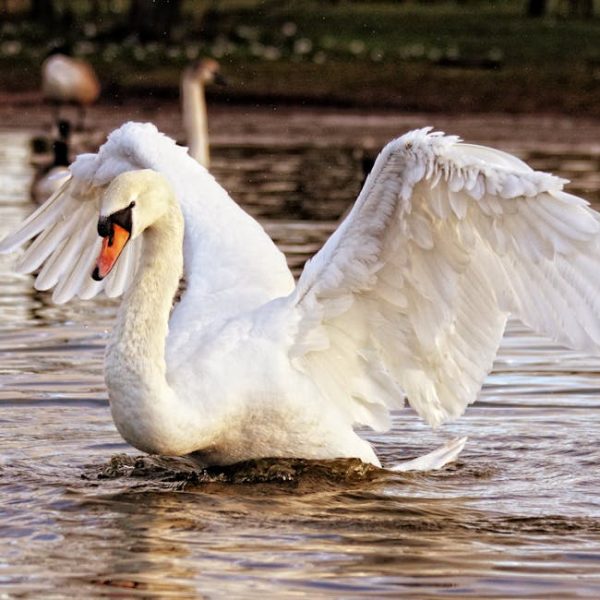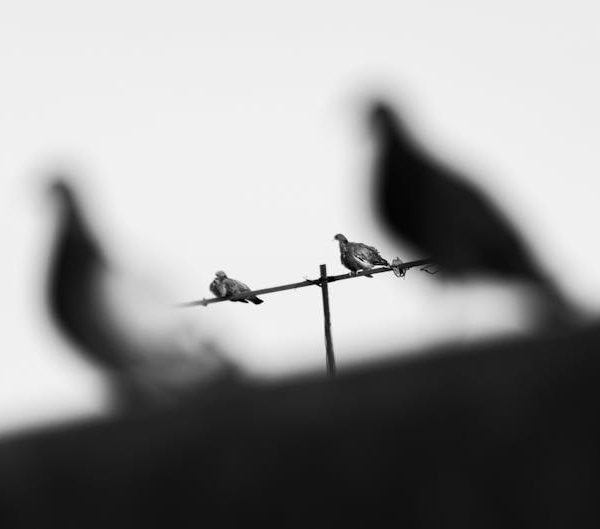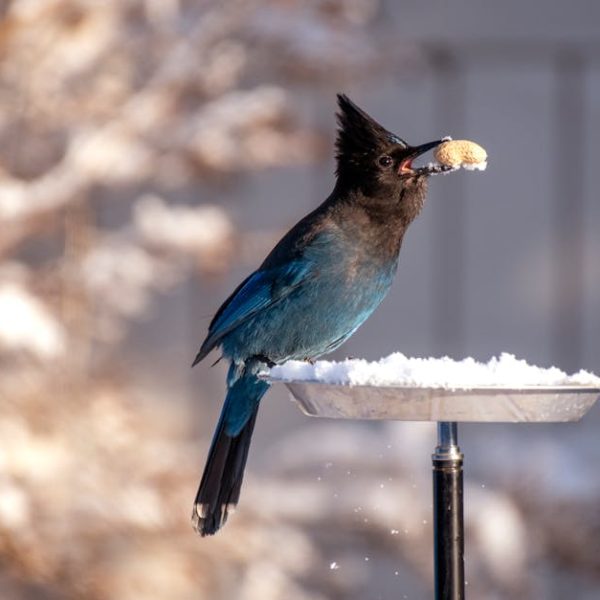At first glance, you may think there’s nothing to study about bird poop and that’s certainly a misconception. After all, birds defecate just like other living creatures, don’t they? Well, yes, but their excrement is fundamentally different. Unlike mammals that have separate systems for eliminating solid and liquid waste, birds have one combined excretory system. This unique biological system results in their droppings having that distinctive white color.
The white part of bird poop is the bird’s version of urine. But, instead of discharging uric liquid as mammals do, birds expel uric acid. This acid is in the form of a white paste due to being less watered down, proving to be a more efficient way for birds to discard their waste without carrying heavy loads during their flight.
Pro Tip: The ‘one-hole-serves-all’ biological system of birds—dealing with both liquid and solid waste—is known as the cloaca.
Bird poop usually consists of three parts: the feces, the uric acid (which appears white), and any remaining undigested food. Bird poop, isn’t wasted flotsam for them. It provides important insight into the bird’s health, diet, and environment. Any changes in the usual components like color, size, or consistency can be a sign of sickness or disease.
Patterns in bird excrement
If you’ve ever observed a gathering of birds closely, such as a flock of pigeons in the park, you may have noticed that not all bird poop looks the same. The variety in colors, sizes, and consistencies is due to the particular diet, size, and even season. For instance, fruit-eating birds like pigeons may have semi-solid, dark-colored poop due to the large amounts of fruit they consume. On the other hand, grain-eating birds like finches might produce droppings that have visible seed fragments in them.
When it comes to handling bird droppings, care needs to be taken as these droppings might carry diseases. Despite looking harmless, they can pose serious health risks if handled improperly.
Best Practice: Experts recommend using protective gloves when cleaning bird feces and ensuring that the area is well-ventilated. Utilizing a standardized cleaning agent can also help to neutralize any harmful particles.
The timing cycle of birds’ bowel movement
Birds are pooping machines. It’s natural for birds to do so due to their high metabolic rates and need to maintain light body weights for flight. Passerine species, for instance, can poop as often as every 20 minutes. However, the timing can significantly vary depending on their size, diet, and species.
Size and diet play a critical role in determining the frequency of a bird’s bowel movement. Larger birds with a more regular diet based on grains, fruits, and vegetables, such as parrots, can defecate up to 15-20 times a day. On the other hand, carnivorous birds like hawks and eagles with a diet composed mostly of proteins (meat) may poop less often.
Checklist:
- A bird’s size and species
- Age of the bird
- The bird’s diet
- Environmental temperature
- The bird’s health status
Best Practice: Pet bird owners should keep an eye on their bird’s droppings to monitor their health. Any significant changes should warrant a trip to the vet.
Bird poop and it’s ecological relevance
Bird poop, it’s what’s for dinner! Well, not really, but bird poop certainly plays an important role in many ecosystems. From big farming fields to tiny home gardens, the role of bird poop as a natural fertilizer is often misunderstood and underappreciated. Bird droppings are dense in vital nutrients such as nitrogen, making them a great natural fertilizer.
Various ecosystems also rely heavily on bird poop. For example, forest ecosystems depend on the nutrients from bird poop to enrich their soils. In fact, some trees specifically attract birds with brightly colored fruits to eat their seeds and disperse them, packaging them with, you guessed it, a little bit of natural fertilizer.
Similarly, islands that are residences to droves of seabirds benefit massively from their droppings as these droppings contribute significantly to the richness of the island’s flora.
Pro Tip: Did you know that bird droppings, specifically from seabirds, are so nutrient-dense that they are often mined as guano and used in fertilizers? That’s right – bird poop is so beneficial that it’s big business!
Common misconceptions about bird poop
Now let’s debunk some myths about bird poop. One of the most well-known superstitions is that it’s good luck if a bird poops on you. This belief spans many different cultures. While it might give you a good story to tell, there’s no scientific evidence to support this notion.
In terms of health risks associated with bird poop, it’s not as dangerous as some may lead you to believe. The majority of diseases that birds carry are not transmissible to humans. However, like any animal waste, bird poop can harbor bacteria and viruses, some of which can be harmful to humans, such as psittacosis and salmonella. But the risk of getting these infections is very low, especially if you maintain good hygiene and cleaning practices.
Pro Tip: Remember, while bird poop has beneficial aspects, it can pose risks if mishandled. It’s important to clean bird poop carefully and thoroughly, preferably with gloves and suitable cleaning agents.
In summary, bird poop may initially seem uninteresting or even gross. But upon closer examination, it’s a fascinating subject that involves a complex interplay of biology and ecology and offers important insights about our feathered friends.
Key Takeaway:
- Bird poop differs from the waste excreted by mammals due to the birds’ unique excretory system which combines urine and feces. The prominent white color is because of uric acid, a birds’ equivalent to urine.
- The patterns in bird poop can vary based on the species of the bird, its diet, size, and other biological factors. It’s crucial to handle them safely as bird feces could carry diseases.
- The frequency of birds’ bowel movements depends on the species, diet, and the bird’s size. Keeping an eye on the timings can help bird owners monitor their pets’ health.
- Bird droppings play an essential ecological role, acting as a natural fertilizer for many ecosystems due to its high nitrogen content. Bird poop from seabirds, known as guano, is often used in agriculture.
- Despite common superstitions, there isn’t scientific evidence supporting the notion that being pooped on by a bird brings good luck. However, bird droppings can transmit diseases, making it important to handle them with good hygiene practices.
Understanding bird poop can provide illuminating insights into bird species, their health, and the ecological impact they have on their environment. Knowing more can help both bird lovers and the typical observer interact more knowledgeably and responsibly with our feathered friends.
FAQs
Q: If bird poop is white because it consists of uric acid, why is human urine yellow when it also contains uric acid?
A: While both humans and birds expel uric acid, the color difference arises from the level of water dilution involved. The yellow color of human urine is due to urobilin, a byproduct of the breakdown of red blood cells. The white color in birds is due to the uric acid being minimally diluted, making it more concentrated.
Q: How would I recognize if there’s a significant change in my pet bird’s droppings?
A: Changes could include shifts in color, size, or consistency. For instance, if the feces change color suddenly or if there’s undigested food appearing often, it could indicate a health concern. It’s best to consult your vet with these observations.
Q: What diseases can be transmitted through bird poop?
A: While most diseases birds carry don’t infect humans, bird droppings can potentially harbor bacteria and viruses, such as psittacosis and salmonella. However, the risk of human infection is very low, particularly if you maintain proper hygiene and cleaning procedures.
Q: Why is bird poop beneficial for the environment?
A: Bird droppings are dense in vital nutrients like nitrogen, which enriches the soil and serves as an excellent natural fertilizer. Some ecosystems depend heavily on bird poop for nourishing their soils.
Q: Is buying fertilizer made of bird poop safe and beneficial for my plants?
A: Yes, fertilizers made of bird droppings, specifically guano from seabirds, are nutrient-dense and beneficial to plants. However, like using any fertilizer, you should follow the instructions for use to avoid damaging your plants with over-fertilization.
We encourage readers to delve deeper into our bird-related articles and share our website’s wealth of information with other bird-enthusiasts or curious minds looking to learn more about our avian friends.
